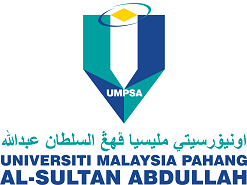Race for Literacy: Alternative for LINUS2.0
DOI:
https://doi.org/10.15282/ijleal.v10.4530Keywords:
Differentiated instruction, LINUS2.0, Motivation, Out-of-class activities, Struggling learnersAbstract
Teachers often struggle to deal with pupils who have minimum mastery levels towards learning. On the other hand, teachers need to provide all pupils with access to specific learning activities that work best for them. However, what works best for some pupils might not work for others and as a result, teachers need to think out of the box to improve the pupils’ motivation. In dealing with mixed-ability pupils, differentiated instructions would make sense because it offers different paths to understanding the content, process, and products which will eventually affect the students’ motivation to perform better. Hence, this study presents the findings gathered from a programme called Race for Literacy (RFL) which was intended for the struggling learners. The RFL programme comprises outside classroom activities to boost the struggling learners’ four basic skills of English language. 200 Literacy and Numeracy Screening (LINUS) pupils from two districts in one of the states in Malaysia were involved in the programme and their performances were measured using LINUS screening instrument from the Ministry of Education. The spiral cycle of Kemmis and McTaggart (1988) action research methodology was used to collect the data, and results from the screenings proved the positive impact of RFL activities on the pupils’ performance. Apparently, learning out of the four walls of classroom, and providing equal opportunities to be involved are highly recommended to boost struggling pupils’ motivation to improve their language proficiency levels.



